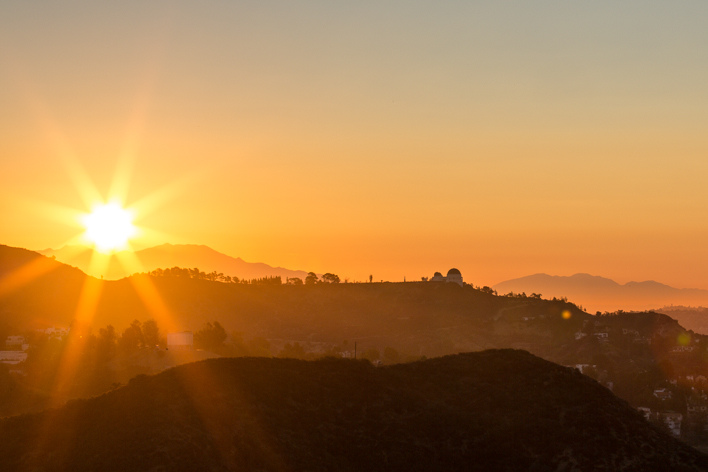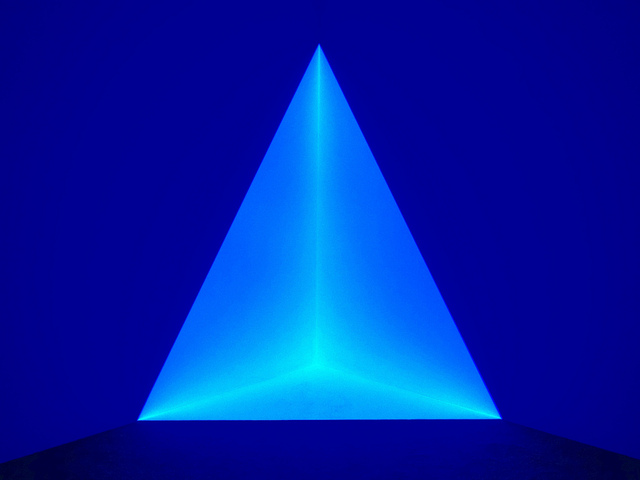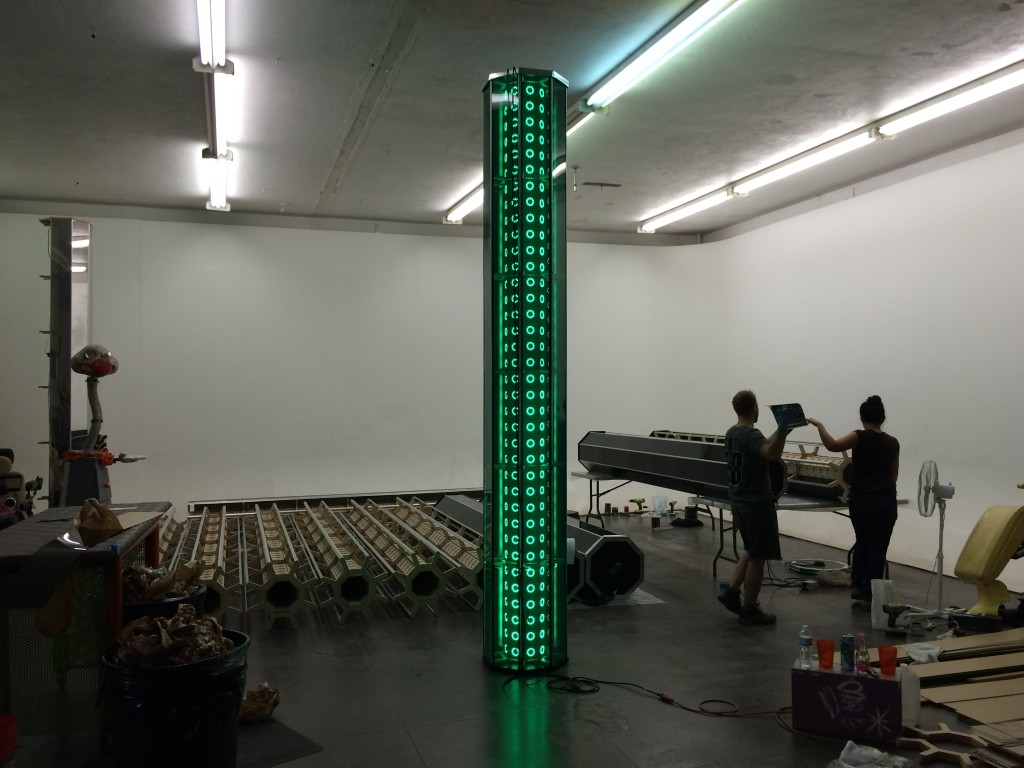Mads Christensen‘s new commission, created especially for The Quays and co-presented with University of Salford comes to The Lowry Plaza in just a few weeks’ time.
Mads took a few minutes out of his busy day to speak with us about his inspirations, the artwork, his working process and what he gets up to outside of the studio. What emerges is a picture of an artist equally in tune with the beauty of the natural world and the possibilities of digital technology. Enjoy!
QC: Can you tell us a bit about your creative process such as where you look for inspiration, how you select ideas to develop, and which artists you admire?
MC: I am very inspired by patterns in nature: the way leaves are arranged on a plant to absorb as much sunlight as possible, the way sand ripples on the beach when rubbed by water and wind, and by natural light. The flow of daylight is very important to me and I try to experience as many sunrises and sunsets as possible. Who doesn’t pause for a moment to see the first glimpse of the sun above the horizon, or the last rays before it disappears? One of my early pieces named “Helios” uses a wireless color/light sensor to replicate natural sunlight on a wall-mounted surface. The idea came to me while I was working in a window-less office for 8-10 hours a day and I realised how the deprivation of natural light skewed my experience of the passing of the day.
Image: Sunrise On Griffith Observatory, photographed by Eric Demarcq
When an idea pops in my head I jot it down on a notepad, just one sentence, or draw a quick sketch of it. Then I leave it for a while and when I come back later, if it still makes sense and still seems interesting, I might start working on it. I do a lot of experiments too, with diffusion, refraction, occlusion. There is a lot of physics and electronics involved in creating my art and it is often difficult to predict the outcome. If I had to name a single person, a source of inspiration and awe it would be James Turrell. The level of simplicity and yet strict perfection in execution he has been able to achieve is immensely inspiring to me.
Image: James Turrell’s light art, photographed by Dean Hochman
The idea for Cathedral of Mirrors came to me when I was at my studio experimenting with using grey acrylic on top of a white diffusion layer as a way to increase contrast. Not only did the gray acrylic increase the perceived contrast as expected but it also added a new dimension: a mirror effect. When the lights were off, you would see your own reflection in the gray acrylic, when the lights were on the reflection would disappear. Removing the white layer added another level to the experience: when the lights are off you see a dark, reflective surface, when the lights are on you can actually see beneath the surface. Turning this effect around itself, introducing internal reflections, became the concept for the octagonal towers that comprise Cathedral of Mirrors.
QC: How did you find the process of building and shipping Cathedral of Mirrors? What’s it like behind the scenes in your studio?
The Cathedral of Mirrors project had a lot of complexity and involved many challenges such as how to weather-proof the structure. There was a large structural component in addition to the electronics and software developed specifically for this project. It took three people a full month to construct and assemble the 12 towers. And of course, building Cathedral of Mirrors in Los Angeles and shipping it to Manchester added another layer of complexity: How do you move a large, fragile art installation from one continent to another? In a sealed 40 ft. container from door to door, that’s how!
Mads Christensen and team at work in Mads’ LA studio
In spite of the firm shipping deadline for Cathedral of Mirrors and an unexpected and humid late summer heatwave in Los Angeles we had fun at the studio while building the piece. Creating art is sometimes hard work but it should be fun too so my wonderful assistants (Shari, Louise and Kevin) and I took turns picking the music and choosing what’s for lunch. We started working at 7.30 in the morning to avoid most of the heat and typically called it a day around 3.30pm. Working reasonable hours helped us maintain focus and stay productive.
QC: What do you find most exciting about working in digital art? Do you have any predictions for the future?
Digital art is largely created with software. The hardware is really just there to support whatever the software wants to do. Software is weightless, it is malleable, it is fluid, it is truly magical. Software is the most wonderful and powerful extension of our brains and capabilities that we have ever invented. Consider what we have been able to achieve with computers (running all kinds of software) in the past 50 years. It’s hard to imagine what the next 50 years will bring, but I hope to be around to see it!
QC: How do you relax when you’re not working hard on digital art projects like this?
When I need to get my mind off everything I jump on my bicycle and ride around the Los Angeles area, often with friends, to the beach, to the forest, up in the hills, or along the river. LA may seem like an asphalt jungle where everyone drives everywhere but just get on the bicycle, push those pedals, and the tempo changes, the scale is reduced, the city seems smaller. I focus on my breath, I am in the moment, I relax.
Mads’ new artwork, Cathedral of Mirrors is part of Lightwaves 2015, our annual free celebration of digital light art, running between the 12 – 27 December 2015, including a free artist talk with Mads where you can hear more about his process and ask questions. Find out more here.
Share your thoughts on social media with the hashtag #lightwaves15


